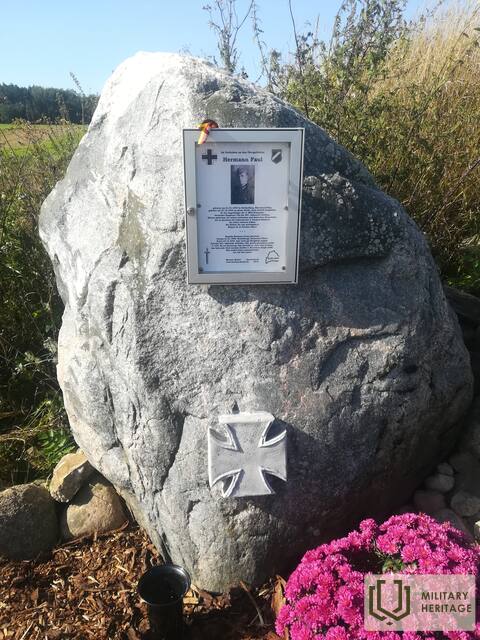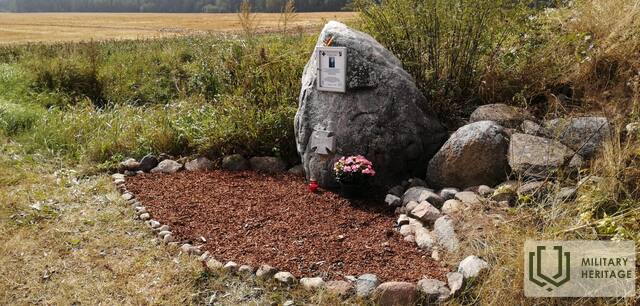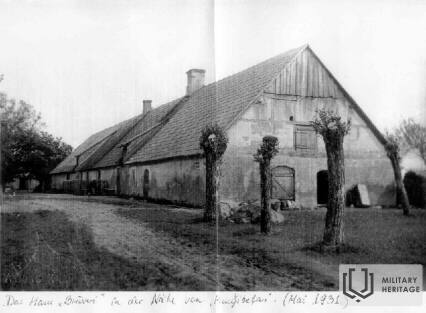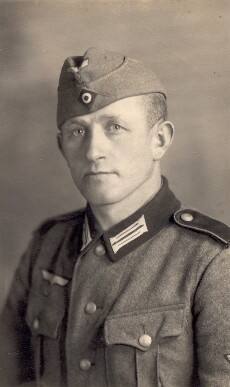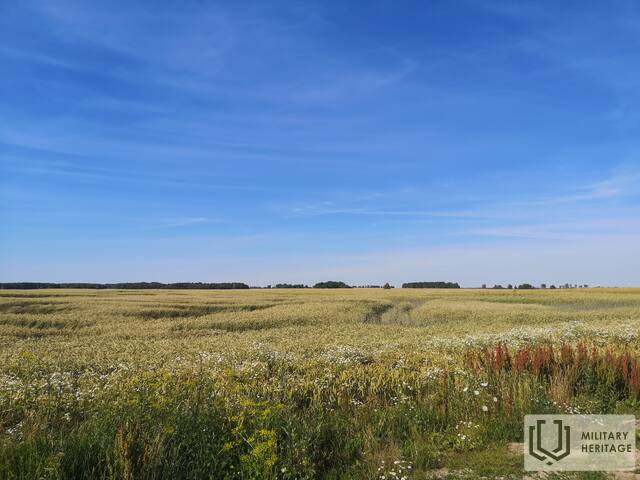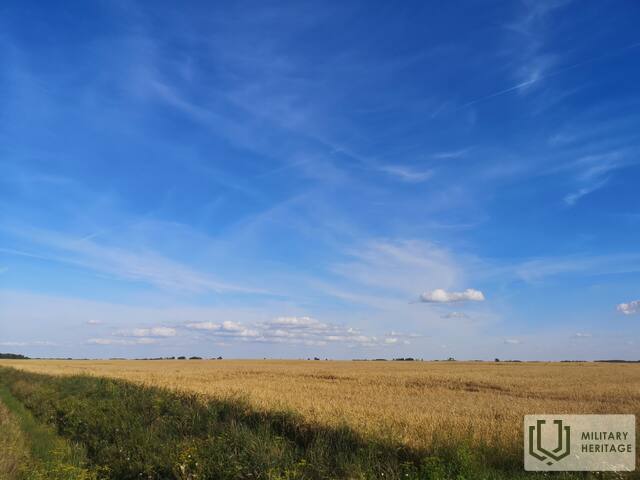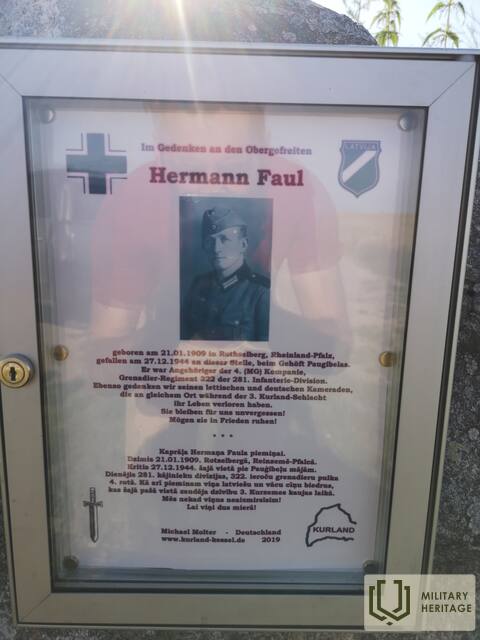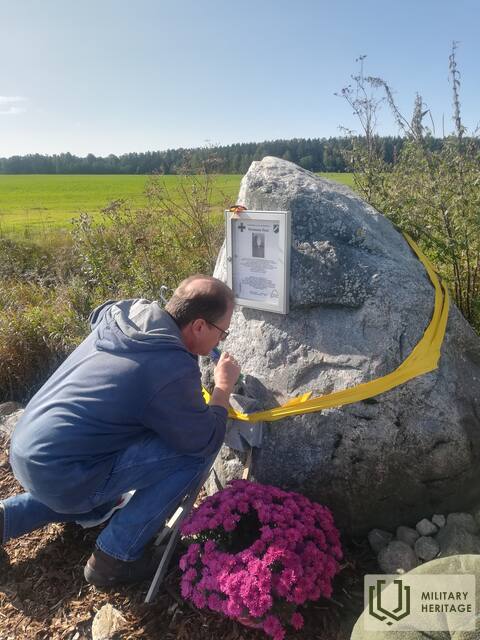Hermann Faul mälestuspaik Mälestusmärk


 65
65





See asub maapiirkonna teede ristmikul, mis keerab maha Pienavast Džūkste'ile viivast teest.
Mälestusmärk H. Faulile ja üheksale saksa ja läti sõdurile, kes langesid 27. detsembri 1944. aasta lahingus (arvatavasti õhku tulistatud suurtüki otsetabamuse tagajärjel) ja keda peetakse sellest ajast saadik kadunuks, kuna nende säilmete, dokumentide või muude tõendite kohta ei ole leitud ühtegi jäänust.
Seotud ajajoon
Seotud lood
Lood uppunud masinatest
Lätis on säilinud arvukalt lugusid masinate uppumisest soodes ja järvedes. Vähesed neist on tõesed.
Kadunud Saksa armee sõdurid Kurzeme lahingute ajal - Herrman Faul
Saksa armeegrupi "Ziemeļi", mis hiljem Kurzeme piiramise ajal "Kurlandiks" nimetati, dokumentatsioon ei sisalda siiani selgeid andmeid ligikaudu 50 000 Saksa armee sõduri kohta. Need sõdurid on kadunud. Ka praegu püüavad nende sõdurite omaksed leida Kuramaalt oma sugulaste ja esivanemate jälgi, nii dokumentaalseid kui füüsilisi. Üks selline lugu räägib sellest
"Graben statt Graeber" ("Kaevata, mitte olla maetud")
Armeegrupi “Kurland” käsk on: “Ehita ja ehita!” See on iga tagalateenistuse rinde sõduri ülesanne. Mida tähistab kõige paremini sõna: "Kaevamine on parem kui matmine!"
"Sõda ei ole lõppenud enne, kui viimane sõdur on maetud" (Saldus Saksa sõdurite kalmistu)
Kurzeme tekkis 10. oktoobril 1944 eraldi ja eraldi lahinguväljana. Umbes 500 000 Saksa sõjaväelast loeti ümberpiiratuks. 1. Balti rinde staabi aruannete kohaselt oli kogu Läänemere ranniku täielikuks vabastamiseks vaja vaid "väikest pingutust". Siiski jätkusid lahingud Kuramaal veel seitse kuud ja Kuramaast sai Teise maailmasõja lõpu sümbol.
Seitse kuud kestnud lahingutegevuse jooksul kuni 1945. aasta maini kaotasid Saksa väed Kuramaal 154 108 sõdurit hukkununa, haavatuna ja kadununa. Alates 1997. aastast on Salduse lähedal läbi viidud sõjaaja kalmistu uuring ja sõdurite ümbermatmine ning praegu on siin 27 000 langenud sõduri nime.




